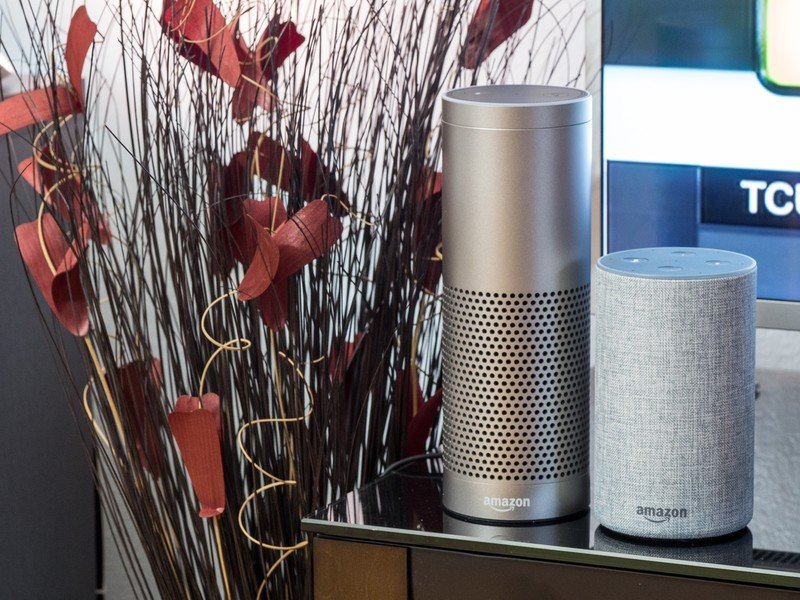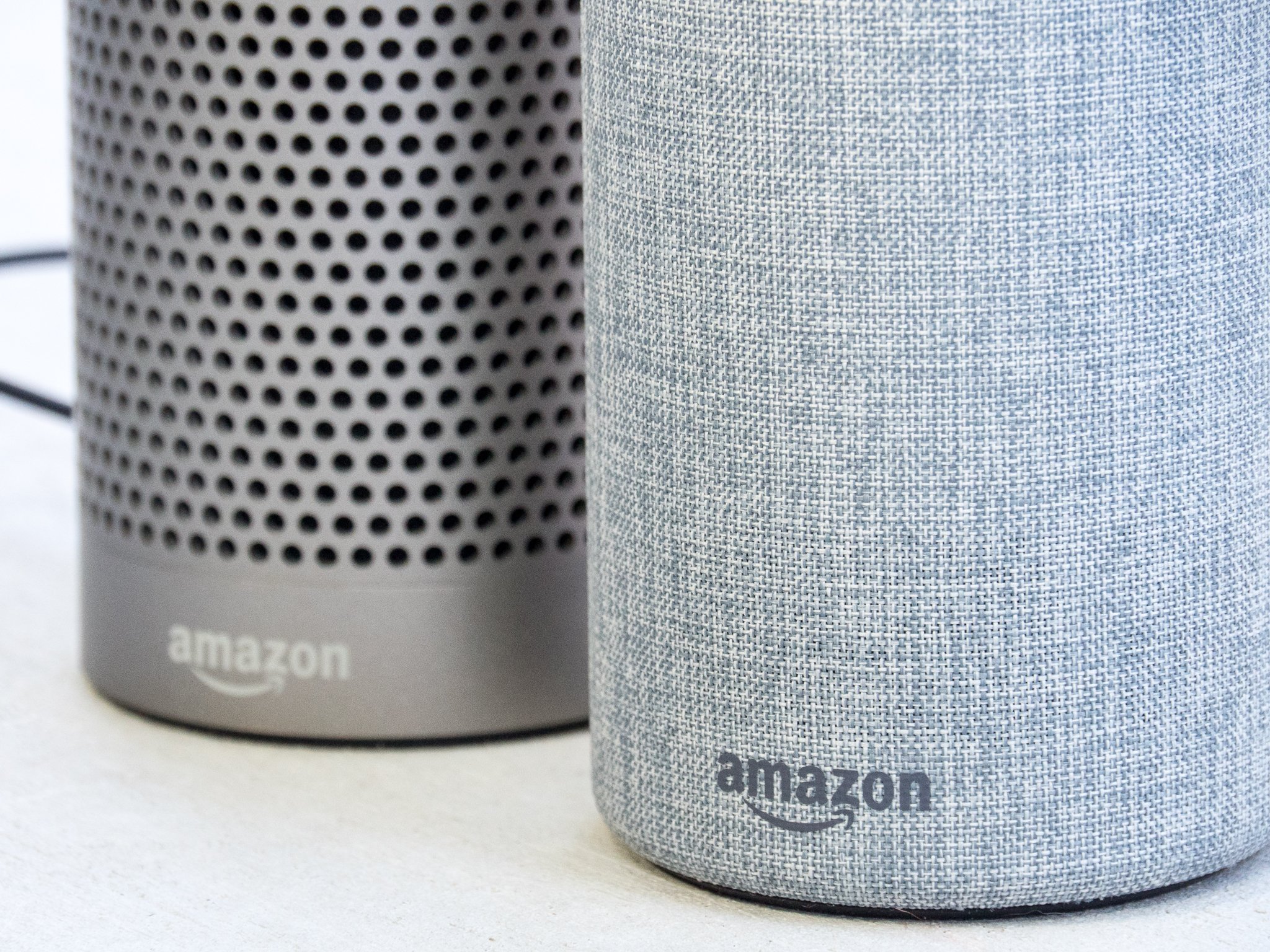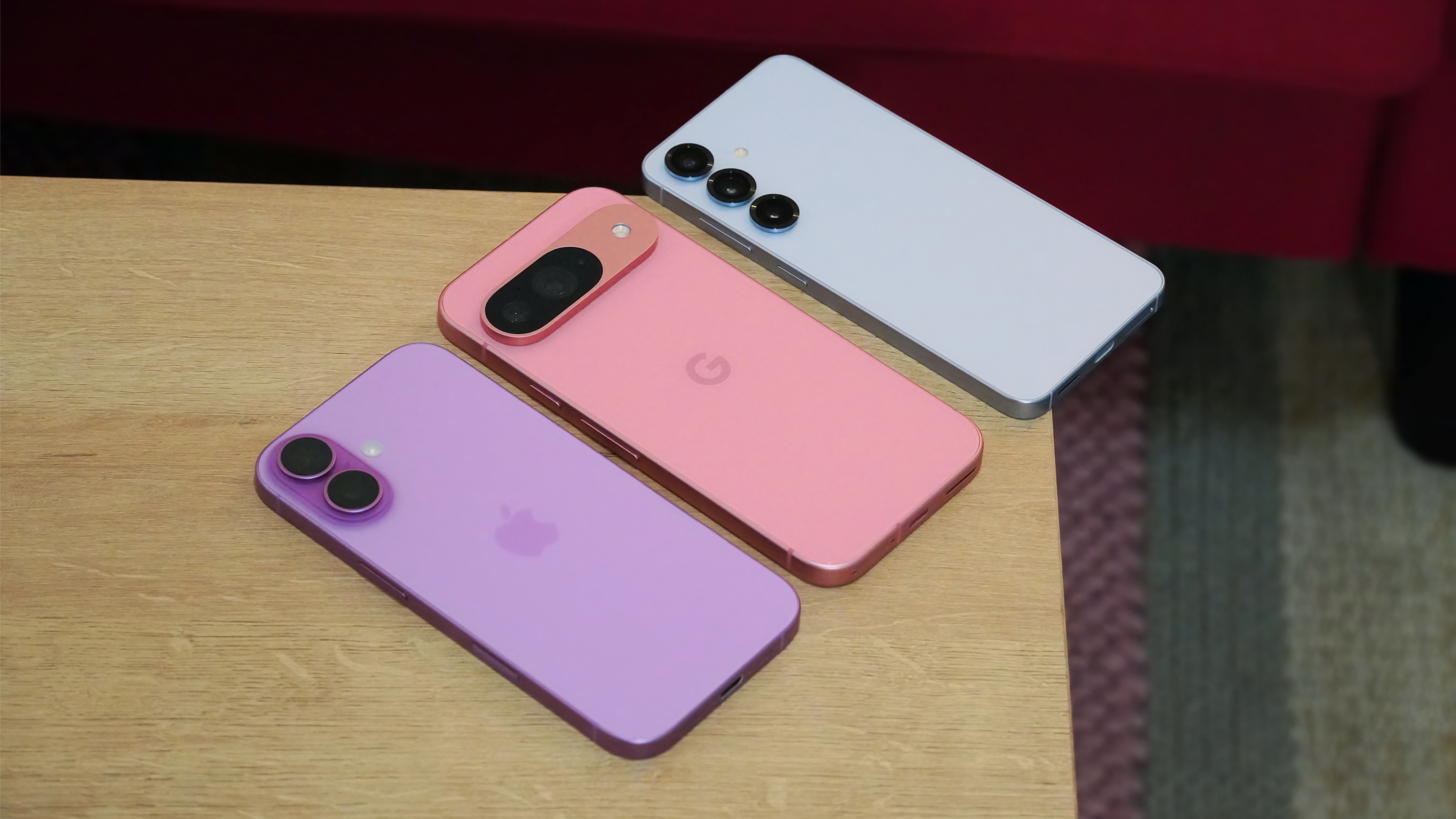Think about Amazon and where it started. First, shipping books to your home. Later, shipping everything to your home. Maybe Amazon Echo — and Alexa along with it — won't be the most important legacy of the Seattle-based company, but you certainly could make the argument.
Because think about another product that lasted as long as the first-generation Echo. The tube-speaker was introduced in late 2014 and became widely available the following summer. Now, toward the end of 2017, we get not one but two new takes on the original.
The OG Amazon Echo has a new look. And the upscale — and pricier — Echo Plus crams more sound into the old design.
Which one's right for you? And where do these fit in the family that's quickly become one of the quickest invites into any home?
Let's do this thing. This is the Amazon Echo and Echo Plus review.
Watch this
Amazon Echo Video Review
Just the same, only different
Amazon Echo and Echo Plus Full Review
Connected speakers are a dime a dozen these days — and that includes speakers with Alexa — Amazon's digital assistant — baked in. But so far no third party has done an Alexa speaker as good as Amazon. (Sonos is the lone exception there, but it's pretty early days and they've still got some bugs to work out.)
That brings us to the new generation of Amazon Echo, which builds on the past without totally rebooting it.
Just the specs ...
Amazon Echo Specs
| Category | Amazon Echo | Echo Plus |
|---|---|---|
| Row 0 - Cell 0 | Row 0 - Cell 1 | Row 0 - Cell 2 |
| Price | $99/$119 | $149 |
| Speaker | 2.5-in. woofer/0.6 tweeter | 2.5-in. woofer/.8 tweeter |
| Line out | Yes | Yes |
| Smart home hub | No | Yes |
| Size | 5.9 x 3.5 inches | 9.3 x 3.3 inches |
| Row 6 - Cell 0 | See at Amazon | See at Amazon |
Which Amazon Echo is right for you?
Let's look at the family, shall we?
There's still the $49 Echo Dot, of course, which is the gateway drug. Plastic, inexpensive and meant to sell. If you don't know where to start, start here.
Two new choices: One that sounds decent, and one that sounds better and is a smart home hub.
The redesigned Echo comes in at $99 and is less of an impulse buy. But it looks much better than the original Echo. The top face is just like the Echo Dot, plastic with physical buttons for volume up and down, microphone mute, and an action button, with an LED light ring all around. The sides of the cylinder come in a fabric, or a wood or plastic veneer for $20 more. And the whole thing is shorter and wider than the OG Echo. It's more along the lines of Google Home, actually, though it hits $30 cheaper.
And then there's the $149 Echo Plus. It shares the design of the original Echo nearly identically. (If there's a visual difference, I haven't noticed it yet.) Just two buttons up top — mic and action — with the top centimeter or so rotatable to control volume. Echo Plus also can serve as a smart home hub, if you wish.
The new Echo speakers share a power plug on the back, along with what may actually be the most important new feature — a 3.5mm external audio jack. So if you're unhappy with the way these things sound and want to plug them into something else — a full stereo system, even — have at it. That's a feature that's been left for the Echo Dot (and the don't-call-it-an-Echo portable Amazon Tap until now.
And, well, that's it. Save for the smart home hub thing on the Echo Plus, these all do exactly the same things. You can ask them questions. Make lists. Set reminders. Control things. Play music. Make calls — to other Echo devices as well as to actual phone numbers.
The differences between them are physical design, of course, audio quality, and then price.
Amazon Echo
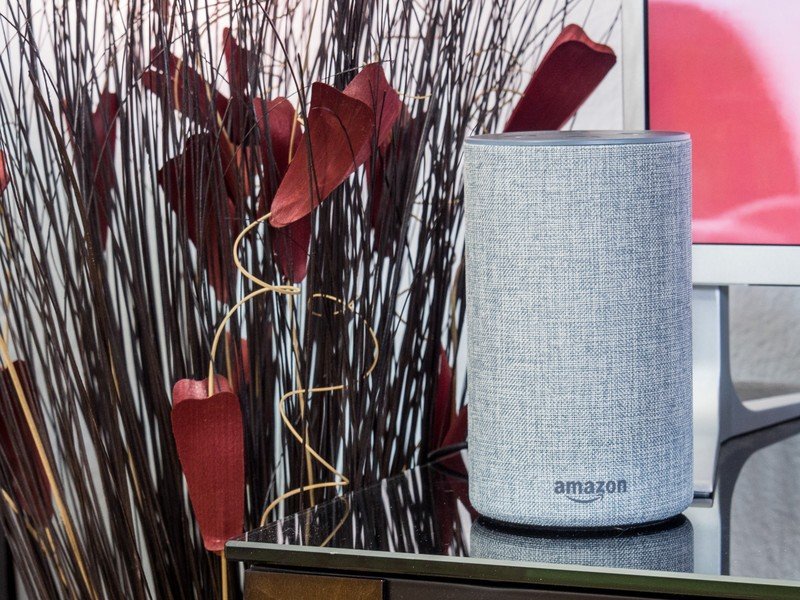
The redesigned Amazon Echo, however, is a looker — and in more ways than one. Start with the price; $99 is a pretty sweet spot for a decent connected speaker. Not so much as to cause regret down the road, and nearly low enough to be an impulse buy.
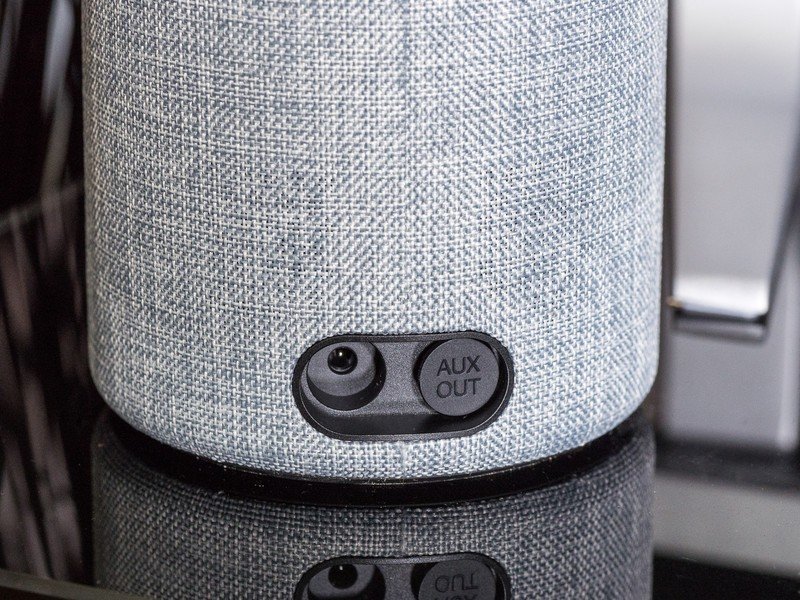
Plus, it just looks the best of the three. Even the base-model fabric looks better than the matte plastic of the larger Echo and Echo Plus, with its long body and scores of holes in the grille. If you do love that design, though, there's a matte silver option for an addition $20, including speaker grille. And you have options for an oak or walnut finish for that same $20 more. In any event, the more squat stance and external options make this a speaker I don't mind someone seeing. It's less industrial-looking. (Or, maybe to me it's just new.)
How's it sound? Pretty darn good, actually. Leaps and bounds over the Echo Dot, of course. And I think it sounds better than the original Echo despite having a smaller tweeter inside. You get a decent amount of bass. Nothing earth- (or ear-) shattering, but it's not bad at all. The highs come through as they should, too.
Amazon Echo Plus
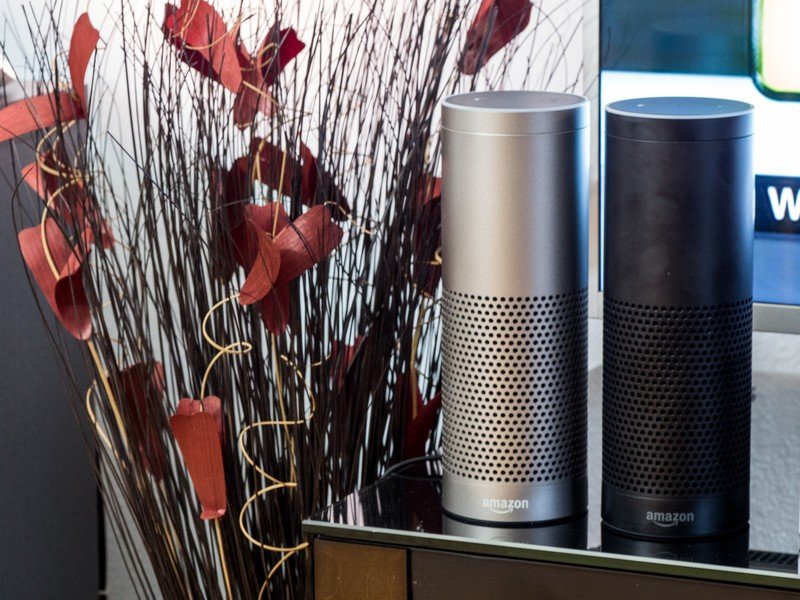
Everything old is new again. For $149 you can enjoy the look of the original Amazon Echo with the best sound quality of any of them. You get richer bass notes out of the Echo Plus, crisper highs, and the whole thing just sounds better than the Echo.
I still think the Echo and its redesign look better than the Echo Plus, but that's certainly subjective.
I don't think any of that is a reason to pay the $50 premium over the Echo. Sure, it sounds better. But not that much better.
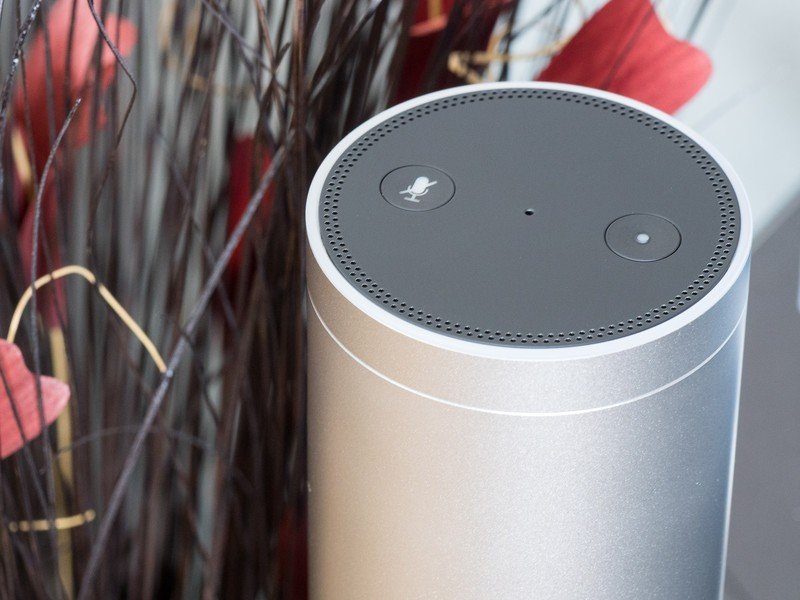
However. ... I do think it might be worth it if you're starting to get into the smart home game, because the Plus will serve as a hub.
This is where we venture into some dangerous territory. All of this connected stuff can be a little wonky. Some things work great out of the box and talk to the internet on their own. Take the Ring doorbell as an example of this. You set it up, and it just works. But things like Philips Hue lights have required a separate hub to be physically connected to your router before anything will work. Amazon Echo Plus takes care of this, and that's a big deal because it's a single place for all the things — erm, most of the things — to connect. (Much like Samsung's Smart Things Hub, for example.)
Back to that caveat. You won't be able to actually control all the things, though. There are a couple competing standards when it comes to smart home tech — Zigbee and Z-Wave. Those are two things you should never have to know about as an end user, and the Echo Plus only does one of them. (Fine, I'll tell you. It's Zigbee.)
And that's a big deal because as you collect more and more things, you can end up with more and more hubs. Will Echo Plus solve them all? That's doubtful, because there are too many things out there, and not everyone's on the same page.
But it'll help, and that alone might be worth the $149 asking price.
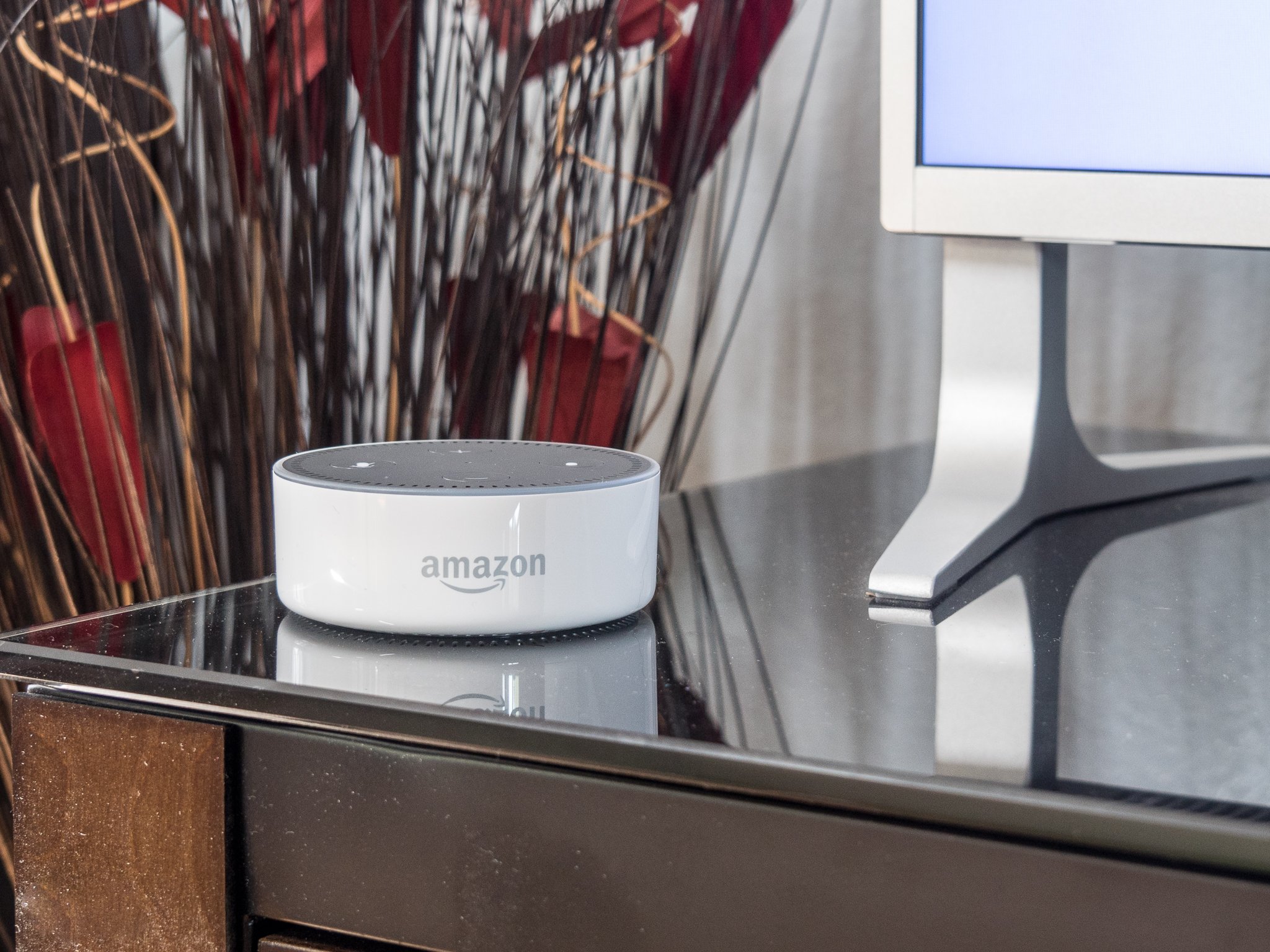
Don't forget the Echo Dot
As you'd expect, the $49 Echo Dot has the least quality of the trio. It's tinny. It's not all that loud. It won't get anywhere close to filling a room. I wouldn't give it to someone and expect them to enjoy listening to it at length. (For that price, I'd recommend a Google Home Mini.)
The Dot also is now my least favorite-looking Echo. But if you're dead set on trying out the Amazon assistant universe and don't want to spend a lot of money doing it, try an Echo Dot.
The bottom line
Should you buy one? Yes
A couple years past the launch of the original Amazon Echo and the novelty certainly has worn off. Smart speakers with their own digital assistants aren't anything new anymore, and they're no longer expensive. Google and Amazon each have a $49 offering. You can get Alexa-compatible fare for even cheaper.
You can't go wrong with either the new Echo or the Echo Plus. Both are capable smart speakers that perform within their price range. But you still have to make a choice here, right?
If you don't need a smart home hub — and for all the stuff I have rigged up in my house, I don't have it all going through a single hub — I'd just go for the $99 Amazon Echo. It's a decent speaker that sounds better than the original Echo and does so at a good price.
If you do want to get into the smart home thing, spend the extra $50 for the Echo Plus. It'll likely make things easier for you down the road when it comes to connected accessories.
Or, if neither strikes your fancy, you can pick up an Alexa-powered speaker not made by Amazon. Choices, choices...
